The use of metaphors as a way to frame problems or issues has a dramatic impact on the way the public may respond to them, and we are seeing that with the COVID-19 pandemic here in Australia.
Federal and state governments, the media both mainstream and social have all embraced a “war” metaphor when describing how the coronavirus infects people and the impact it has on the country, the economy and society.
Further, by doing this, they have anthropomorphised the virus imbuing it with a personality which reinforces it as an ‘enemy” with human characteristics that give it some sort of morality that must be “fought”.
Politicians have variously described the virus as an “enemy” that tries to “catch us off our guard” and “takes no prisoners” and that we are in “fight against a wicked enemy” in a “fight for lives.”
Doctors and nurses and other essential workers have been formed into “strike teams” on the “front line” who are “the last line of defence” and that we can’t “lose battles with death”.
But the reality is as Sandra Mathison, a professor of education at the University of British Columbia, wrote in a recent blog “…a pandemic is not a war, a virus has no morality or intention, the virus is not intimidated by force or bombastic rhetoric” and she is correct because a virus does not have an intent to do good or bad. It is just a virus, nothing more.
By giving the virus a “morality” and using a “war” metaphor as a frame the government can rally citizens in a particular way – and not necessarily in a positive way.
This has serious implications for civil society.
Framing the virus in this way means governments can rally people to “fight the enemy” and justifies almost anything as social and civic norms are swept aside.
Across the country we have seen governments effectively suspend Parliaments; the shuttering of the economy and businesses; declare ongoing states of emergency and disaster; suspend civil rights; allow police to enter premises without warrants; establish intrastate and interstate border controls which effectively require internal passports to cross; the deployment of the Australian Defence Force personnel as border guards and also as unarmed auxiliary police; punitive fines for breaches of arbitrary laws; and even, potential gaol for border jumpers.
Using a “war” metaphor to frame the animation of the virus allows the government to make a moral appeal to citizens to do the “right thing” and if you don’t you will be vilified, fined or potentially gaoled.
Governments have used the fear of death to corral the populace.
Initially, the government used a kill or be killed message “Stay Home. Save Lives” that not so subtlety implied that if you breach the “lockdown” (a term normally associated with prisons) you could either die yourself or kill others by spreading the virus.
This message was later changed to “We are all in this together” which meant that if you stepped outside the “rules” you were a traitor to the cause which has seen people turn on each other.
This type of messaging, along with other restrictions, has seen citizens become informants. In the first “lockdown” police in Victoria received 80,000 calls in one month about supposed breaches.
In one rural town outside the Melbourne’s locked down area I have been told by a friend with a farm that locals are saying about Melburnians “F–k ‘em” and “don’t let ‘em here”.
The default position from the start has been to use fear and coercion.
Fear is a primitive tool to bludgeon people into line, but it works particularly when used in conjunction with a “war” metaphor where people are urged to “obey the rules” and if you don’t you’re a traitor or worse.
The war metaphor and frame sweeps civil society norms away.
It also creates difficulties for governments. As with any war “casualties” (in this case infections and deaths) become a measure of how we are “winning” or “losing” the “battle” against the “enemy”.
As the “casualties” increase it becomes increasingly difficult for authorities to change their “strategy” and “tactics” for to do so is to admit failure.
This leads to a ratcheting up of fines and other punitive actions as the only way to deal with a deteriorating situation.
The most recent example being in Victoria where the government has announced a raft of new fines for breaching its most recent declarations that close businesses and limit travel along with a curfew between 8.00 pm and 5.00 am.
Yet it need not have been like this with an alternative framing.
In Australia people die of transmissible disease every year and we have seen through the course of this pandemic that transmissible disease such as flu can be suppressed due to lockdowns and so on.
When flu viruses are not given human characteristics or the pandemic framed as a war people still die as a result but not one person blinks.
For example, the Annual report of the National Influenza Surveillance Scheme, 2000, reported that in Australia in 1998, pneumonia and influenza accounted for 4,579 deaths.
And who were those most affected? The report spells it out: “Although influenza infection affects all age groups, the rates of serious morbidity and mortality tend to be highest among those aged 65 years and over, indigenous Australians and those with chronic medical problems. Young infants and pregnant women are also at increased risk of hospitalisation from influenza.”
This demonstrates that Australians are willing to accept some level of death associated with transmissible viruses.
Did we have to get to our current position? No.
In the USA an experiment was conducted some years ago to see how people respond to different metaphors. In this case a fictional town called Addison was created that was experiencing a crime wave.
Two groups were formed who were given exactly the same information about the town, population, ethnic makeup, socio-demographics. Both groups had the same statistics.
Group one was told that” crime was a beast ravaging the city of Addison” and group two was told, “crime was a virus ravaging the city of Addison”.
There was only one word different in the metaphor: Beast or Virus. Both groups were asked how to respond.
The “beast” group was much more likely to seek law and order responses and punishment as a response.
The “virus” group came up with different solutions such as social reforms, better education, after schools programmes and so on.
One word created a massive gulf in the potential responses.
Metaphors have impacts. Framing has impacts. Anthropomorphising a virus to give it some sort of morality has an impact.
The consequences can be extreme as we have seen here in Australia.
Instead of being treated as conscripts, who have been denied agency, we should have been co-opted to contain a virus and prevent its spread.
That means acknowledging people die from transmissible diseases and accepting that citizens have rights while working to contain the virus.
We are not soldiers; we are not at war; we are not fighting an “invisible enemy” we are citizens dealing with a virus and that is how we should be respected and treated.
Got something to add? Join the discussion and comment below.
Got something to add? Join the discussion and comment below.
Get 10 issues for just $10
Subscribe to The Spectator Australia today for the next 10 magazine issues, plus full online access, for just $10.

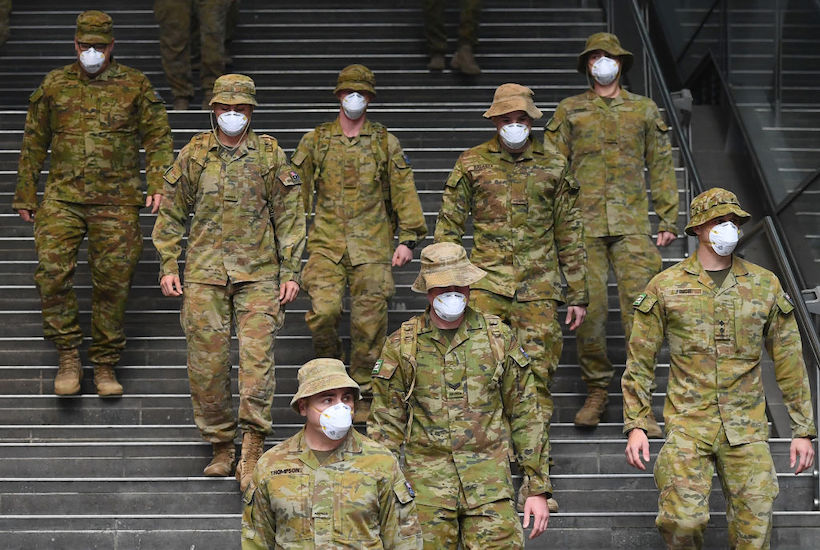
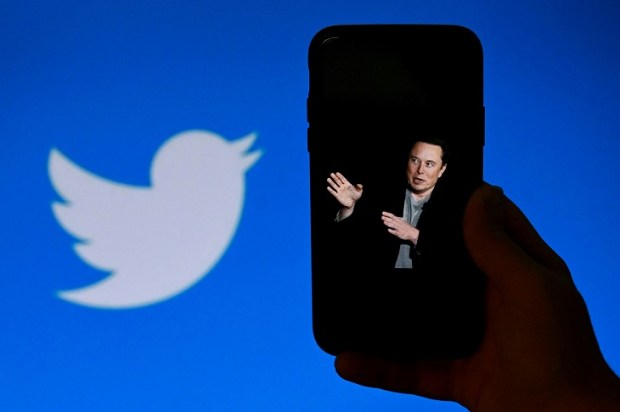

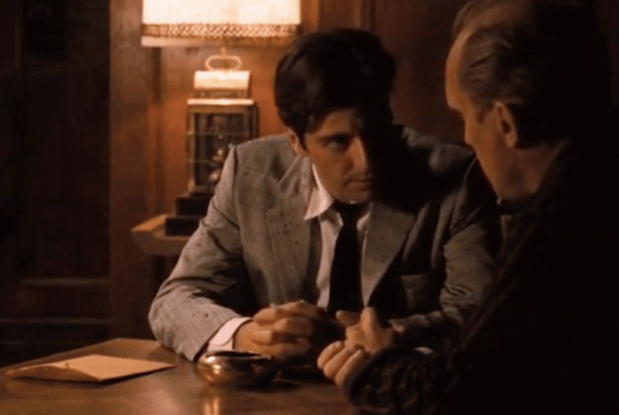
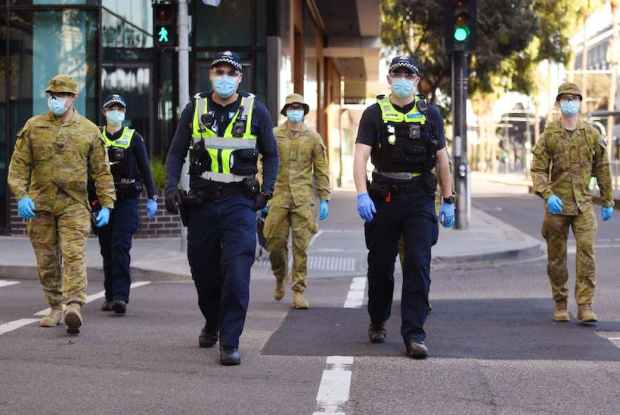

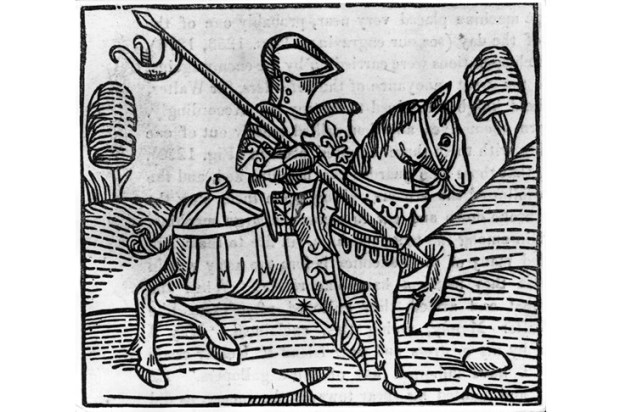






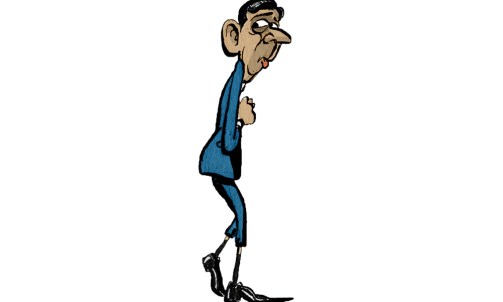



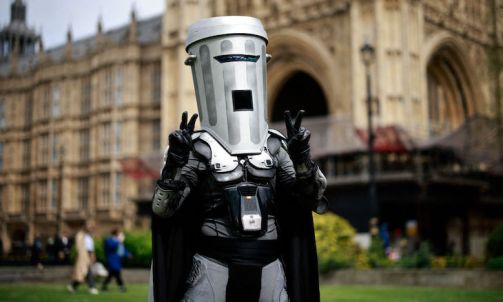
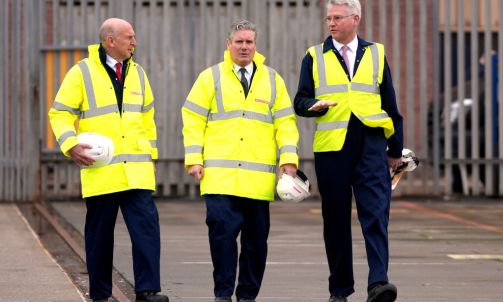






Comments
Don't miss out
Join the conversation with other Spectator Australia readers. Subscribe to leave a comment.
SUBSCRIBEAlready a subscriber? Log in